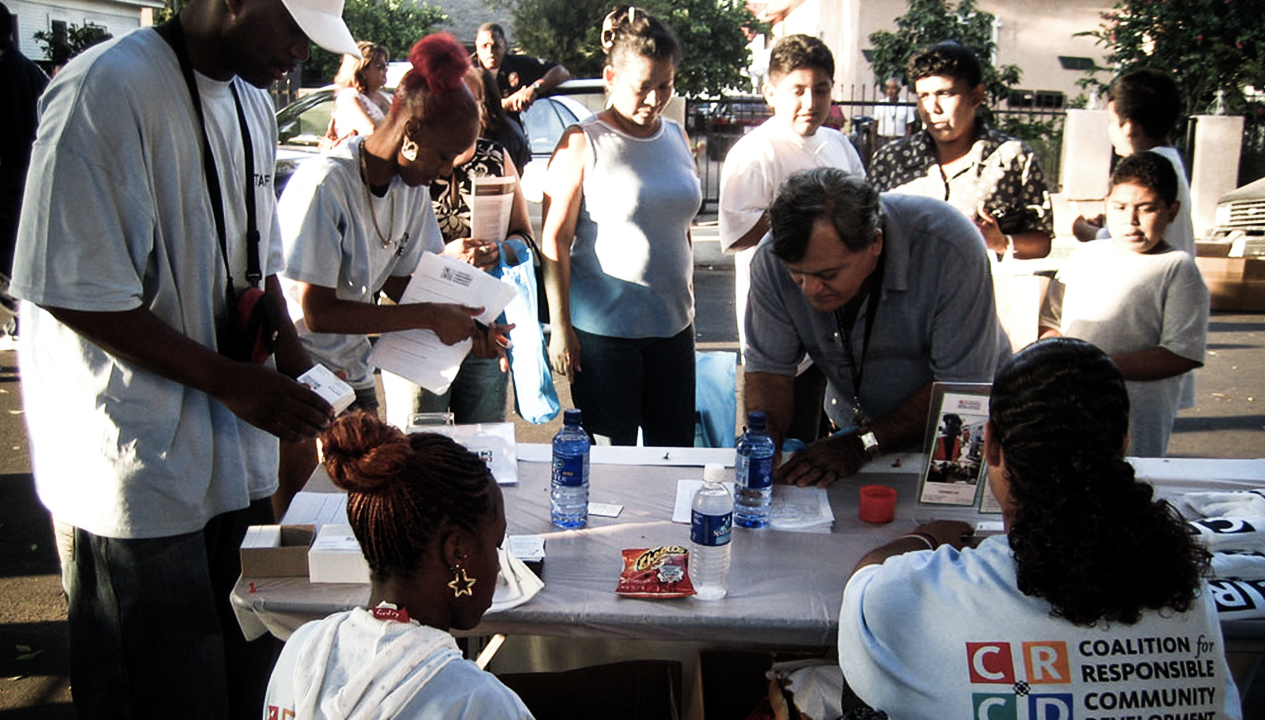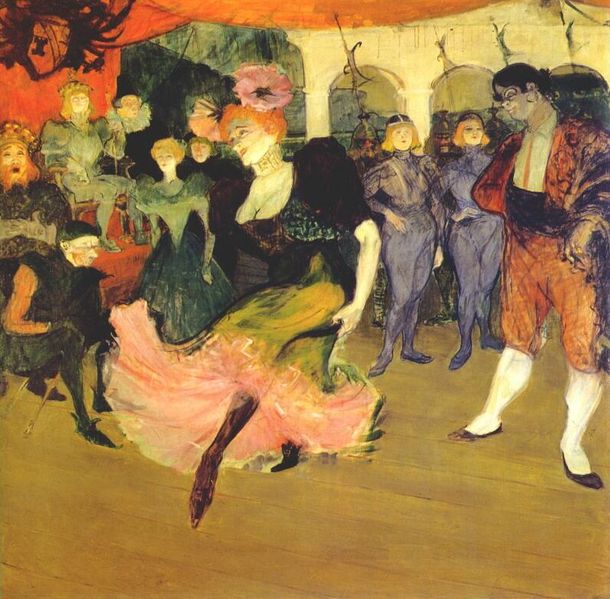Reflections on self-validation; what is the role of “Social Design”?
Clearly I’m trying to outsmart myself by playing off the name of my blog host; but I’m hoping this invitation will allow me to explore some questions that have dogged me –and possibly others as well? — for quite a while now.
What’s a picture truly worth these days?
In our close-knit community, the answer has long been “a lot”, or at least more than we typically get paid for. We like to trace our professional ancestry back to Toulouse-Lautrec, whose vivid, colorful posters promised the wild, rollicking fun in Pigalle-Gay Paree that many could only dream of.
Whenever it was necessary to rouse up some patriotic sentiment to sacrifice oneself and loved ones, propaganda posters did the trick. Fast forward to the 1960s where a combination of accessible technology, affordable print materials and Rage Against the System found its voice in some of the most dramatic expressions of our time.
Visual Provocateur
With the likes of Herb Lubalin, editorial, advertising and even identity programmes found perfect pitch in its ability to incite, emote and awaken the consciousness of the public.
This was the image of the Ideal, Fulfilled Designer that I bought into coming into the profession; it has made the incredibly long hours of (sometimes) tedious negotiations, ideation and production bearable. The payoff has been real when I note the pride and a sense of identification that branding creates for a non-profit at community event, or when I observe that well-designed publications and collateral inspires confidence and a sense of professionalism with sponsors.
Upgrading Design
Lately though, I get the sense that the role as educator and provacateur extraordinaire is losing its sheen. It could be proliferation of powerful word-imagery play that sells everything from socks to software. It could be that our all-too-elusive audience is moving at lightning speed, making communicators work harder to captivate and lock in attention span. What’s more likely is the fact that a global awareness has set in: the economic and social issues we face today — notably that of the environment — have finally brought home the Laws of Connectivity and revealed the intricate ties that bind us. Basically, It’s a Small World After All is hard core reality and not a quaint, wistful tune any more, and it’s time to upgrade our toolkits from the one-off pro-bono flyer or newsletter to Social Design 2.5
I think it came home to me when I came across David Oberholtzer’s post David quotes Soft Spot
“Design is no longer a one-way street. If the users who encounter your design don’t add to the design’s value in some way, then you are doing something wrong. Gone are the days in which a designer fights for causes by making an awareness poster or a book that informs people about an issue…(we must) invite and inspire everyone to work for (a better world)”…
It only makes sense, I began to think, after all, isn’t the end-user being invited to design all sorts of products and services these days? Why not give people an incentive to design social solutions — and possibly a new reality — as well?
From Information to Participation
So how does this translate? Into more interaction with the clients and communities we are trying to support? Possibly. Into collaborations that involve diverse disciplines of communicators and solution-providers like architects, behavioral scientists, engineers, photographers, landscape and urban designers? Very likely. More self-education and awareness on our part about the forces that shape our lives at home and abroad? Most definitely.
As the conversation continues, I invite you to share your ideas and experiences, triumphs and disappointments about upgrading “Social Design” and making Design Matter.
Zelda Harrison currently serves as President for the AIGA Center for CrossCultural Design (AIGA XCD). Issues of cross-culture are a natural part of her experience: she has traveled throughout Asia, Africa, the Americas and Europe, living on 3 different continents.
Her work in visual communications focuses on the public and non-profit sectors, informing and educating the public via printed collateral, interactive media and environmental graphics. Public communication has been an enriching experience, and a transition from a previous career in marketing and business development for consumer goods.


